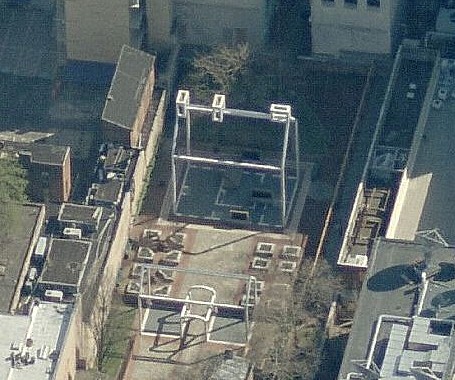2011.01.08 11:00
"On Criticism" an aggregate thread
...a virtual museum of architecture
collecting
a project
curation
critique
institutional critique, even (perhaps a virtual museum is what a real museum cannot be)
voices
continually reshaped
agendas
globally readable
cado coda
architecture as the delivery of content
In the future, 15 years of hypercritique will be famous.
2011.01.12 17:03
"On Criticism" an aggregate thread
If a building design is built and finished, what's the real use of being critical of it? It's doubtful that any criticism will change a building once it's already built. If the criticism is positive, does that mean the design should thereafter be emulated? Or, conversely, if the criticism is negative, does that mean the design should thereafter be completely avoided? Does it really just boil down to approval or rejection?
Personally, I'm more comfortable being critical of design process, which involves how a building design (built or not) arrives at its finished state. The object of such criticism is to illuminate how the creative mind operates.
| |
 
| |
2011.01.13 14:16
"On Criticism" an aggregate thread
...as I already mentioned, the "fruit of this thought" is (hopefully and for me at least) an illumination of the how the creative mind operates.
I'd say an unqualified interpretation is one that isn't based on "research, investigation, thorough observation and even some analysis of the material at hand."
I don't have a PhD, but I do have an architectural license, although I haven't 'practiced' architecture in more than a generation. It was an extremely early mastering of 2D and 3D CAD (1983) that took my career on a very unorthodox trajectory, indeed to the point where I ultimately came to design and direct the first virtual museum of architecture online (1996). Quondam happened because I accrued a sizable collection of CAD models of architectural designs that were never built. I built the CAD models to essentially learn and 'experience' buildings that didn't exist otherwise. I still take Quondam seriously, and I utilize it as a creative, investigatory and critical facility.
Regarding 'illuminating how the creative mind operates' see Quondam's three latest pages:
Architectural Visions of Early Fancy and Dreams in the Evening of Life
Roma Interrotta: Sector IV / Urban Components
International Planning Competition for Berlin
These pages are not so much critical but more curatorial. The overall implication, however, is that Stirling's creative working for his Roma Interrotta design involved a process of seeking precedents and then finding inspiration.
|